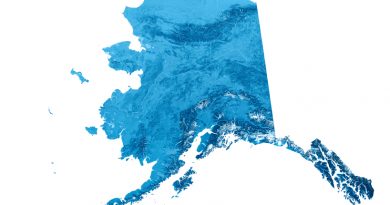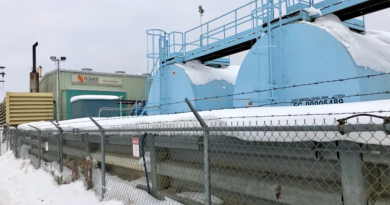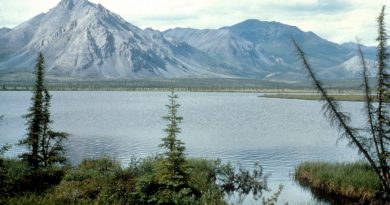‘Milestone’ hit as wind turbine arrives in Inuvik, but project now more than $20M over budget

It wasn’t easy delivering a single 3.5-megawatt wind turbine — with blades that at 67 metres span more than the width of a football field — but with the help of three barges, the parts began to arrive in Inuvik, N.W.T., on Tuesday.
It was done without damage, said the Northwest Territories government, calling it a “milestone” feat, even though the project — and the shipping itself — was delayed for various reasons.
“It’s not like we’re driving a transport truck down the major highway,” said Steve Hagerman, director of Marine Transportation Services in Hay River.
Hagerman said “considerable groundwork” was done at the terminal in Inuvik last month to make sure it was level, among other “enhancements” to prepare for the barges.
The turbine is part of the Inuvik Wind Project, which officials hope will reduce the amount of diesel needed for power in the community by 30 per cent. That would offset diesel consumption in Inuvik, the N.W.T.’s largest diesel-powered community, by three million litres annually, the territory said.
Tony Coleman, who’s into his 12th season of being a deckhand, said he’s never witnessed such a large delivery.
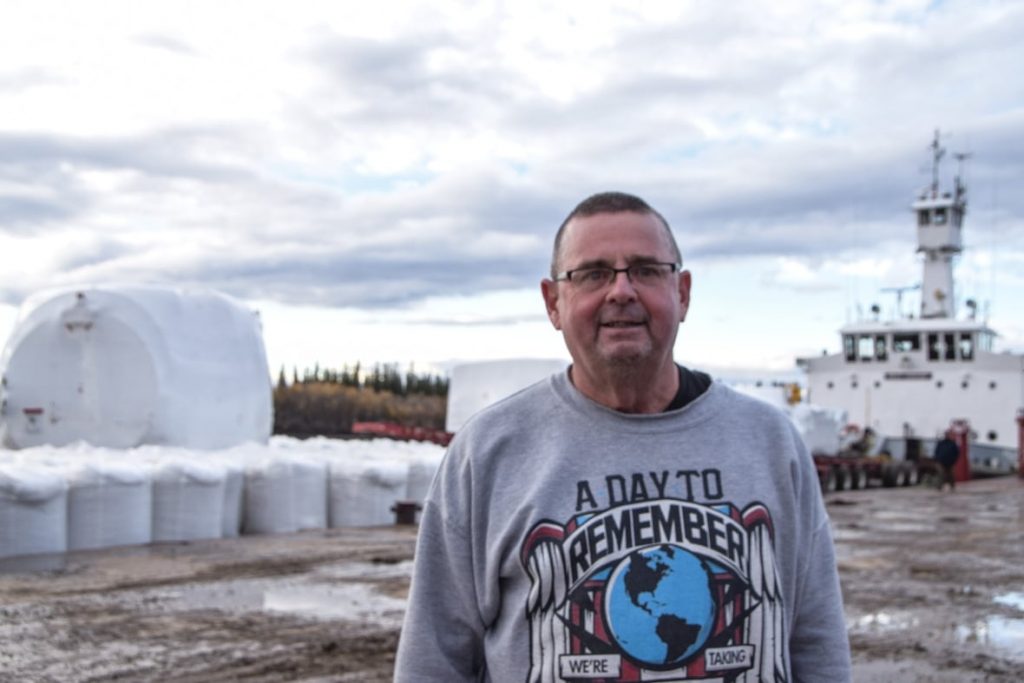
“This is the biggest I’ve ever seen,” he said. “We’ve had big fuel tanks and everything we’ve taken to DEW line sites, but I’ve never seen anything like this take up the full length of the barge [and] it’s sticking out over too.”
Construction of the project began in January 2022, and the turbine is expected to be operational by early 2023.
Putting it together involves the installation of the turbine and a small battery storage system, a six-kilometre access road and a distribution line connecting it to existing lines near Inuvik’s Mike Zubko Airport.
Cost for turbine well over budget
On top of delays, the cost to build the access road, costs for cranes to move and assemble the turbine and the cost of the battery storage system are all higher than anticipated.
The Northwest Territories Power Corporation (NTPC), which is responsible for the project through its sister company NT Energy, says it might cost between $20 and $30 million extra.
Part of the added costs are for the access road, the bid for which came in $2.1 million more than was estimated in the original budget, according to Doug Prendergast, NTPC’s manager of communications. The access road contract is about 15 per cent of the project total.
Prendergast said part of the reason for higher costs is because of inflation and ongoing global supply chain issues caused by COVID-19-related lockdowns around the world.
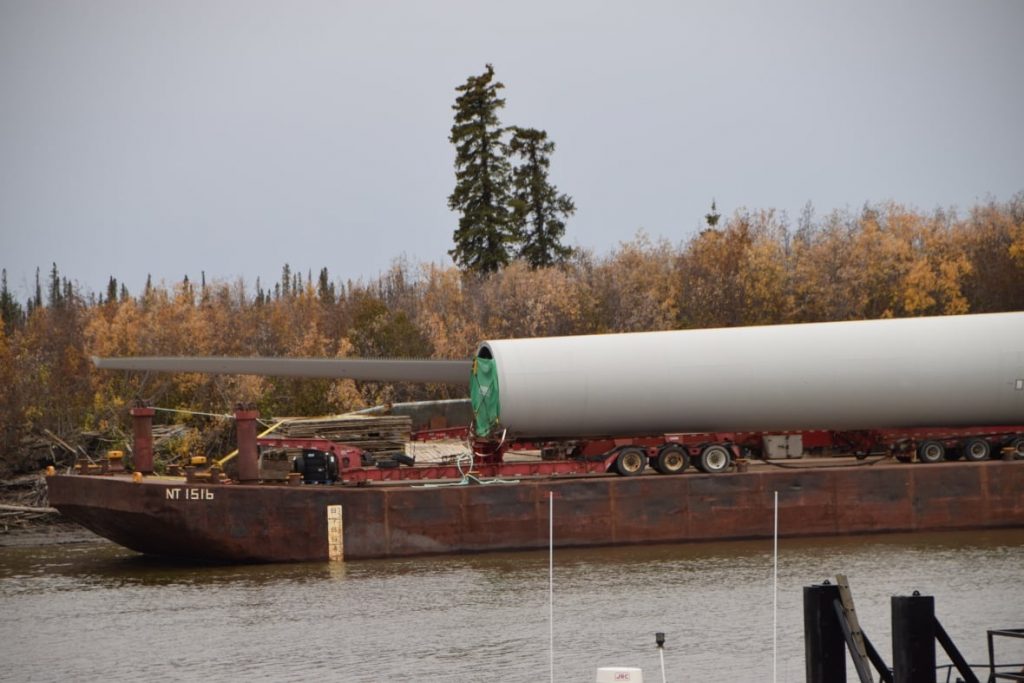
While the turbine itself did not cost extra, as it was purchased before the pandemic, Prendergast said there’s a host of other elements for the project that did.
“While final budget costs can’t be determined until the project is completed, the current estimated budget is in the $60- to $70-million range,” said Prendergast.
The original budget was approximately $40 million.
The territory has reached out to Infrastructure Canada about the project funding shortfall, and the territory “will be following up to discuss this issue, in an effort to help alleviate project cost escalations,” Prendergast said.
In 2018, the project became the first of its kind in the N.W.T. to get funds from the Investing in Canada Infrastructure Program, according to the territory. The federal government previously announced it’s putting up to $30 million toward the project, while the territorial government is contributing $10 million.
It’s not clear who will cover the substantial increase needed to finish the project.
In an email, Infrastructure Canada confirmed it’s aware that Inuvik’s wind project is facing cost increases. The department said it is currently reviewing information submitted by the N.W.T. government “to see how it can be addressed within the parameters of the Arctic Energy Fund.”
Road construction, then assembly
For now, the turbine blades and other components will be stored at the Marine Transportation Services (MTS) facility in Inuvik, while work continues on the access road — right now about 50 per cent complete and set to open in November — and at the site.
The territory said other materials are on site and installation has begun, while work is still being done on the turbine’s foundation.
Eventually, the blades and other parts will be taken to their final destination, about 12 kilometres down the Dempster Highway and then another five kilometres up a winding road.
Related stories from around the North:
Canada: Nihtat Energy Ltd. is installing 3,456 solar panels in Inuvik, N.W.T., CBC News
Finland: The world could transition entirely to cheap, safe renewable energy before 2050: Finnish study, Yle News
Greenland: Melting of Greenland glacier generating its own heat and accelerating thaw from base, says study, Eye on the Arctic
Norway: Will the green transition be the new economic motor in the Arctic?, Eye on the Arctic
Russia: Russian renewable energy soon without foreign partners, The Independent Barents Observer
Sweden: Decision-makers must close 50-year ‘action gap’ on climate, says report, Eye on the Arctic
United States: Biden closes half of NPR-A acreage in Arctic Alaska to oil drilling, Alaska Public Media

